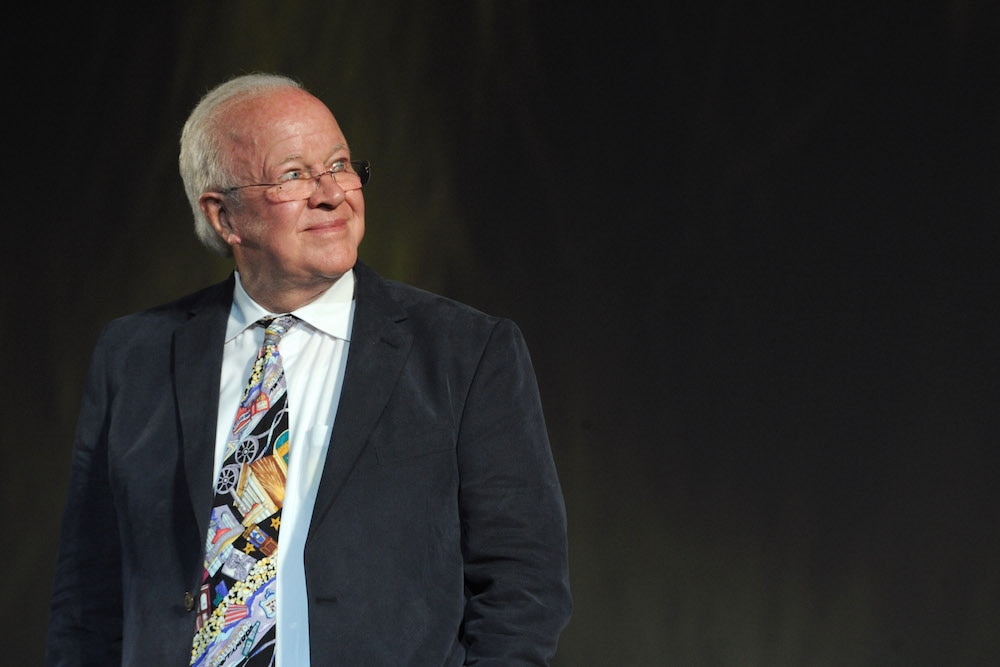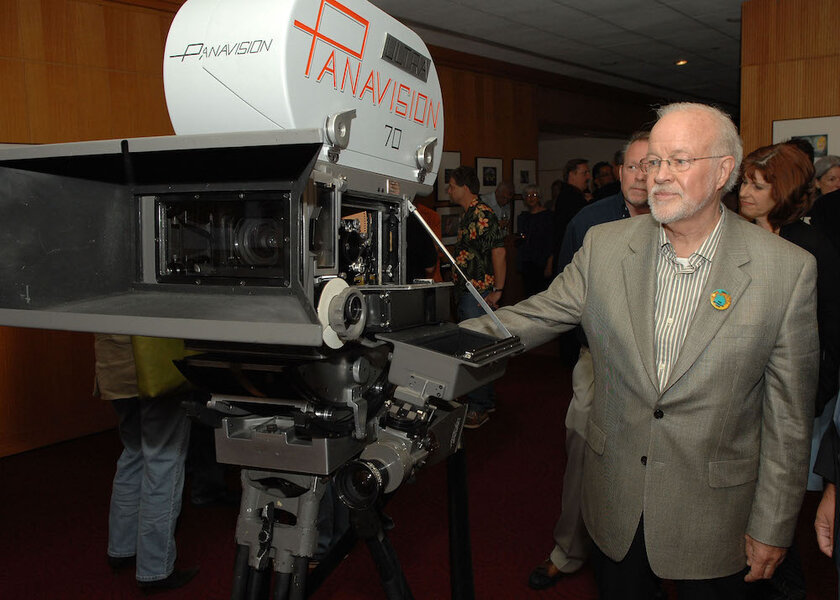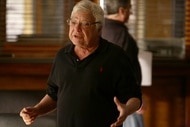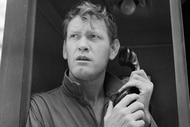From '2001' to 'Blade Runner': Douglas Trumbull leaves behind immortal sci-fi effects legacy
We bid farewell to one of the pioneers of modern visual effects, who shaped most of our favorite movies.

Douglas Trumbull — the legendary visual effects artist who worked on seminal science fiction classics like 2001: A Space Odyssey, Close Encounters of the Third Kind, Star Trek: The Motion Picture, and Blade Runner — has died at the age of 79. The unfortunate news was confirmed on Facebook by Trumbull's daughter, Amy, who also revealed that the cause of death: a combination of cancer, brain tumor, and stroke.
"He was an absolute genius and a wizard and his contributions to the film and special effects industry will live on for decades and beyond," she wrote. "My sister, Andromed, and I got to see him on Saturday and tell him that he love him and we got to tell him to enjoy and embrace his journey into the Great Beyond. I love you Daddy, I sure will miss you!"
The man's contributions to the world of genre-related cinema cannot be understated. He had a hand in shaping the distinct, iconic visuals in many of the classic films of Stanley Kubrick, Steven Spielberg, and Ridley Scott that remain as revered as ever to this day.
Back in the day, Hollywood didn't have access to the CGI tools that are now part and parcel of every production. When a director wanted psychedelic stargates (2001), blinking spaceships (Close Encounters), and the cyclopean headquarters of the Tyrell Corporation (Blade Runner), they turned to guys like Trumbull who would then have to figure out how to make them a reality via miniatures and other clever techniques capable of tricking the human eye.
"Special effects have gone all digital," he remarked during an interview with IndieWire last year. "As I watch a lot of these movies, my experience has been that I see mind-boggling things achieved by CGI, including flames and water, all kinds of spacecrafts and alien planets. The problem is that you give it about two years, look at it again, and think actually, this doesn’t look as good as I thought. It doesn’t age well. There’s new stuff that gets better every year. I look back at the things I’ve done with miniatures and they’ve aged very beautifully. They still look as good today as they did then. They still look credible today even though they were made more than 50 years ago."
SYFY WIRE actually got to catch up with Mr. Trumbull three years ago in honor of the 40th anniversary of Star Trek: The Motion Picture. Trumbull and his team were brought on during production to replace the existing VFX, which had been created with early computer technology. Footage had already been filmed, but it wasn't looking good. "The live-action material that they shot was so poorly done that I felt it was unsalvageable, that not all the special effects in the world could fix these shots," he told us.
Luckily, the franchise's first foray on the big screen wasn't a total train wreck. In fact, it garnered three Oscar nods, including one for visual effects.
Throughout his career, Trumbull was nominated a total of three times for Close Encounters, Star Trek, and Blade Runner. He didn't win any competitive Oscars, but the Academy did take the time recognize his groundbreaking work by bestowing him with the Scientific and Engineering Award in 1993 and the Gordon E. Sawyer Award in 2012. He opened our minds — and more importantly, our imaginations — by making the impossible...well, possible.
"Every time I’ve had an opportunity to work with Steven Spielberg or Ridley Scott, or any of the people that I’ve worked with, they understand that I’m a director, so they often give me a whole sequence to create, where they kind of get out of the way and let me have my way," he said to Vulture in 2014. "[On Close Encounters], I convinced Steven that we should do all the visual effects in 70mm. The movie was shot in 35mm anamorphic, but I said, “Let’s do the effects in 70mm.” We were always working in the giant screen process, even though we knew it was going to get dumbed down and compressed into a 35mm print for regular theaters."
Trumbull kept busy until the very end, designing the title reveal for Amazon's upcoming Lord of the Rings series, The Rings of Power.
"I always try to find an organic — or analog — solution instead of the knee-jerk reaction to use computer graphics,” he told IGN last month. “The reason for this is: every time I try this, I get some delightful result that is, in some respects, unexpected. There are magical things that happen in nature — gravity, fluids, lighting — that one couldn’t really design using computer graphics.”
His other screen credits include: The Andromeda Strain (1971), Silent Running (1972), The Tree of Life (2011), and The Man Who Killed Hitler and Then the Bigfoot (2018).





























